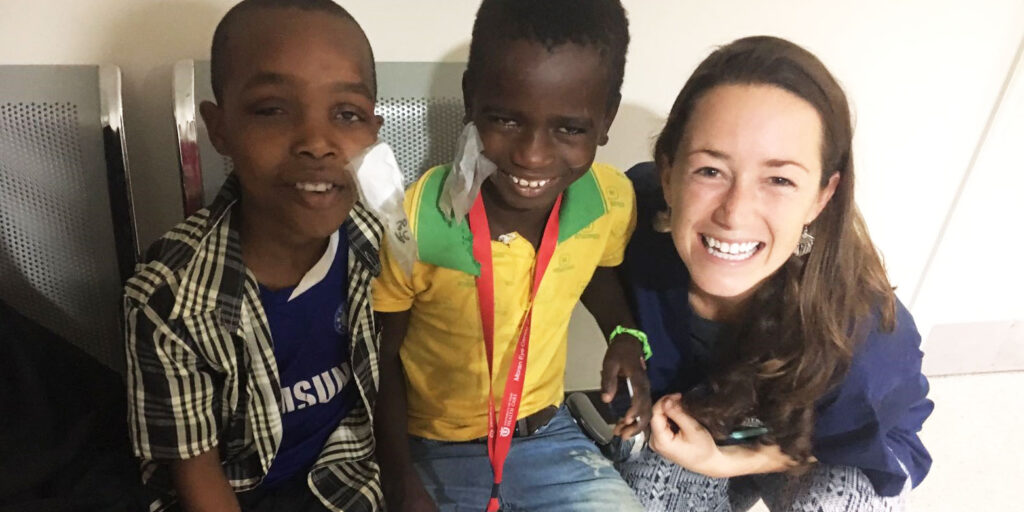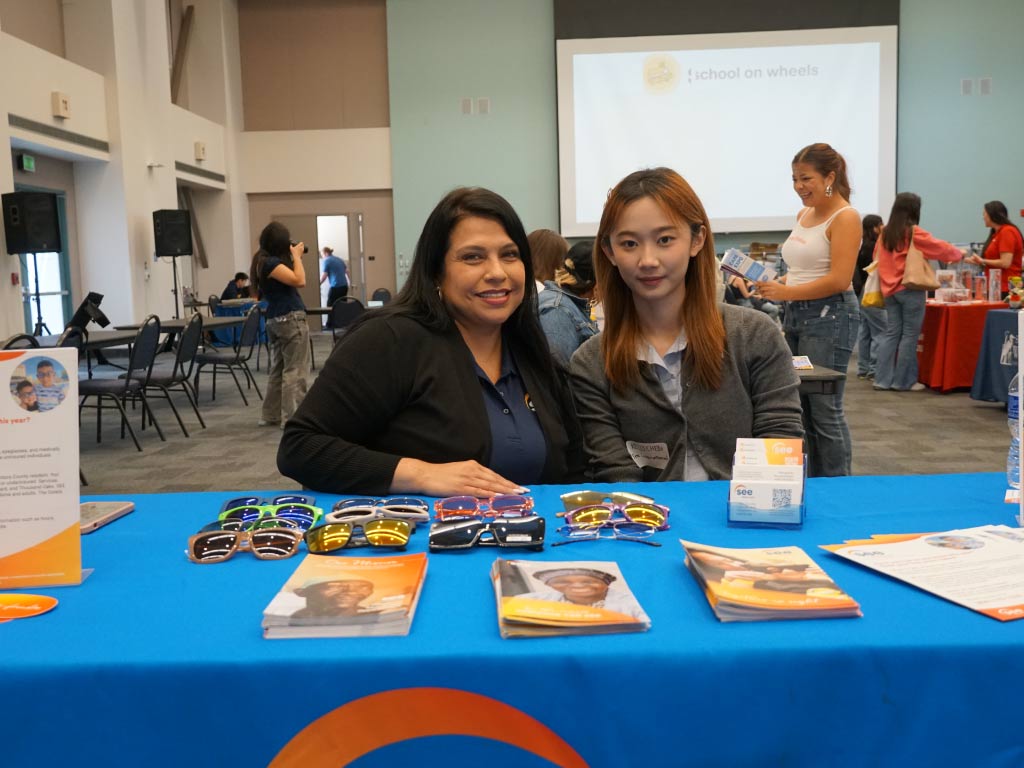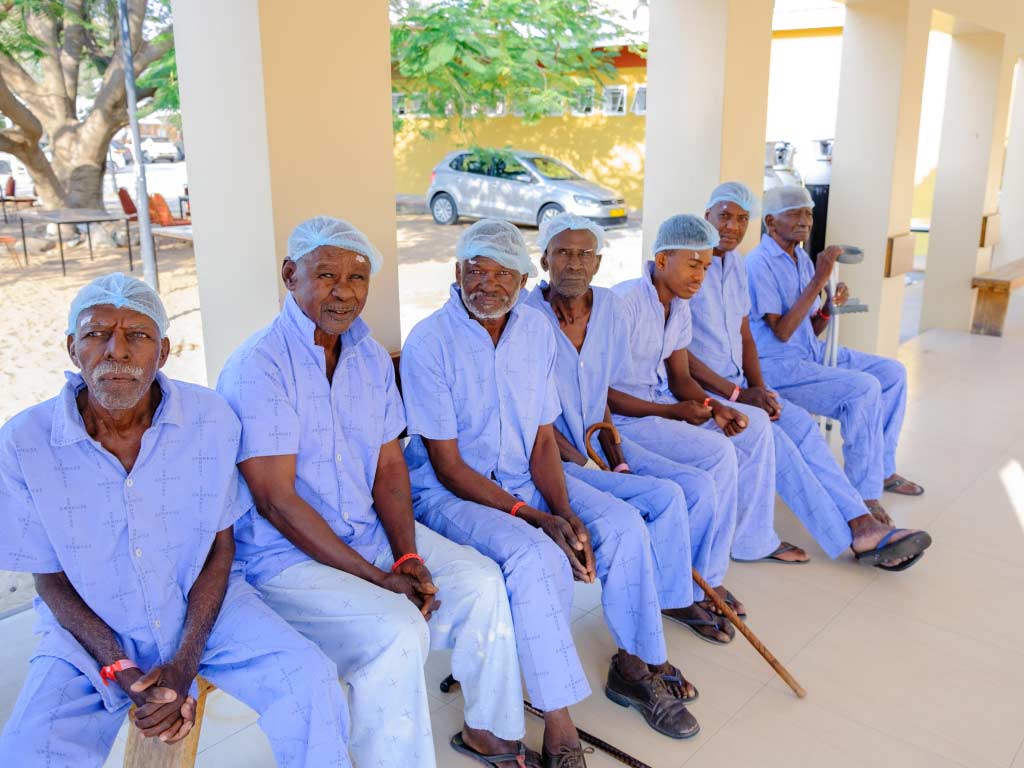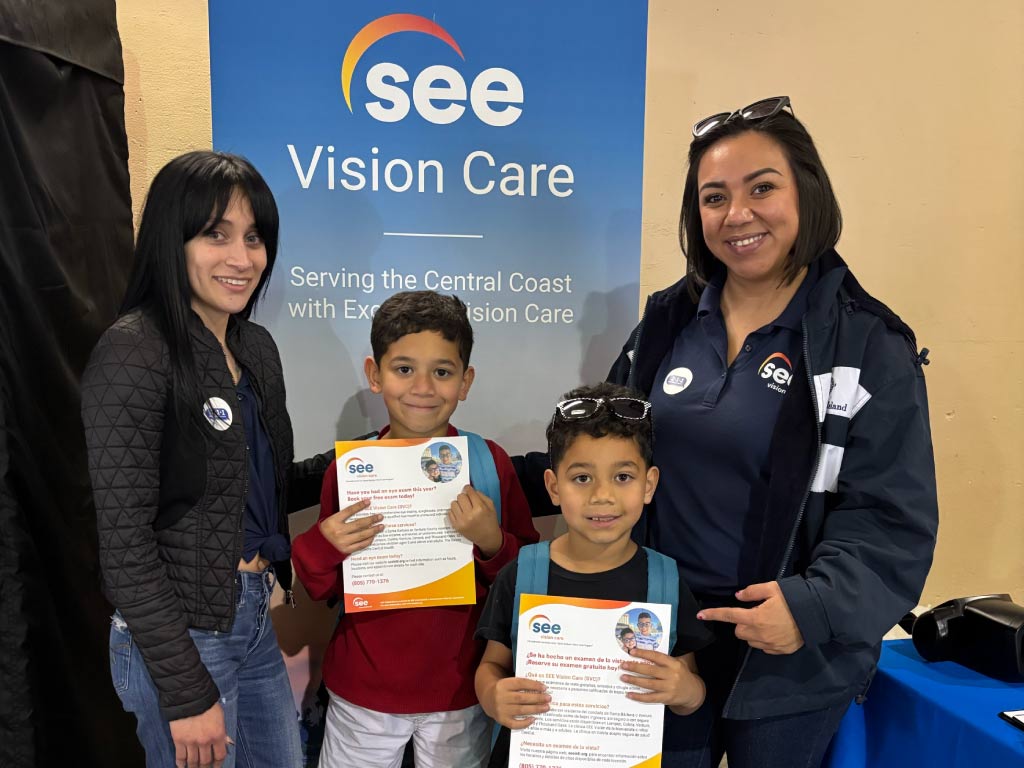Dear supporters, followers, and friends of SEE,
I wanted to let you all know that we are going to try something new and exciting with the blog. Over the past four years, in my role as President & CEO of SEE International, I’ve shared with you my thoughts, reflections, and announcements. I’ve appreciated the opportunity to express my feelings about the important work we do, and I don’t plan to stop anytime soon. With that said, though, the SEE family has some great, caring people, and so I would like to open this forum up to them as well. This will also allow us to provide you, our audience, with more content. Stay tuned for submissions from SEE staff, volunteers, board members, and other supporters.
To start things off, here is a beautifully-written piece by Clarissa Kusel, who leads our Education Program at SEE. Clarissa recently came back from a SEE clinic in Dodoma, Tanzania. I hope you enjoy reading it as much as I did. As always, please feel free to contact me at info@seeintl.org for questions, comments, or information.
Tanzania
Bumpy long bus rides, colorful clothing, and people, people, so many people. I was recently given the wonderful opportunity to take part in the Moran Eye Center’s outreach clinic in Dodoma, Tanzania. SEE International has partnered with the Moran Eye Center for many years supporting their outreach camps with the necessary medical supplies used for cataract surgeries.
During our week in Tanzania, I helped in the clinic with patient flow and registration, working to keep patients calm as they waited for hours, and sometimes days to be seen. On our second to last day of surgery, I was tasked with giving numbers out to patients who were waiting outside to be registered. These numbers would give individuals a spot in line to be seen on our last day. Tensions were high as people who had waited for hours and in some cases, since the first day of our clinic, started to worry that they might not be seen before our team left Dodoma.
Walking outside, I faced over one hundred patients. I had only 75 numbers written on sticky notes clasped in my hands. What started out as an orderly distribution of numbers, passing them out along the rows of people starting with the people who had been there the longest, quickly got out of hand. Within minutes, the entire crowd surrounded me yelling and pushing to grab the numbers from my hands. I was stuck between two benches and completely encircled by patients. Without a translator, and without the ability to return inside to start the process again, there was nothing I could do but pass out the numbers in my hands. Each number I lifted from the stack would instantly be shredded by many, many desperate hands. To avoid this, I had to focus on handing the numbers directly into outstretched hands. I saw no faces, only desperate outstretched hands.
All 75 were gone in an instant. Overwhelmed, I turned towards to a voice that yelled:
“What about him!?”
There sat a man with a stick between his hands and his head lowered towards the ground. He couldn’t see a thing.
I wasn’t prepared for the desperation. In a country where ophthalmologists are scarce (there are only 27, to serve a population of 54 million), people don’t have access to eye care in ways they do in other nations. If and when you have access to care, you fight and you fight for a place in the line in hopes that you will be seen. If you are not seen, you might not ever be.
The blind man with the stick truly got to me. Who was I to decide who could receive care and who couldn’t? Who was I to determine who received a future that involved sight, and who didn’t? Distraught, I was comforted by the Moran team who reassured me that part of our work was focused on stabilizing the ophthalmic department in Dodoma. Dr. Frank Albert (or just “Dr. Frank,” as he prefers) worked side-by-side with the surgical team all week. He not only did his own surgeries throughout the week, but he would continue this work long after our team left Tanzania. Both SEE and the Moran Eye Center would continue to support his ophthalmic department from afar, and send teams to support his backlog of patients. This was comforting, knowing that even the patients we didn’t have time to see, would have a path of referral; an opportunity to be able to see again.
All 75 patients with sticky note numbers came back on our last day, along with the blind man with the stick. We were able to see all 75 patients plus additional cataract patients who we prescreened from the crowd. All remaining patients would return to see Dr. Frank. Together, we, a team full of passionate people both international and Tanzanian (who we could not have done anything without) screened over 1,000 patients and did over 400 sight-saving cataract surgeries. Tanzania, brightly colored, brave, and kind – you have my heart.
“Yesterday I had one eye. I had to look around like a rhinoceros! Today, I have two! Two eyes!” – Tanzanian Patient






